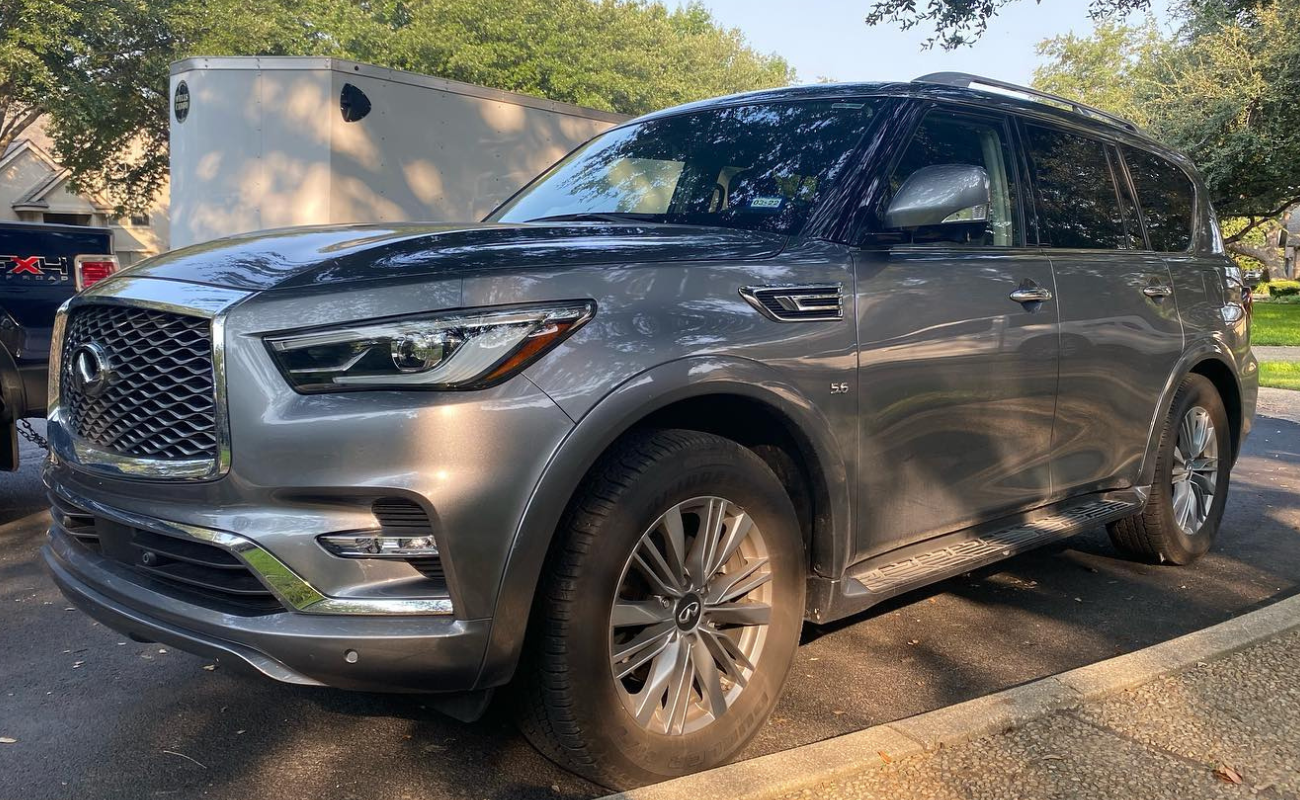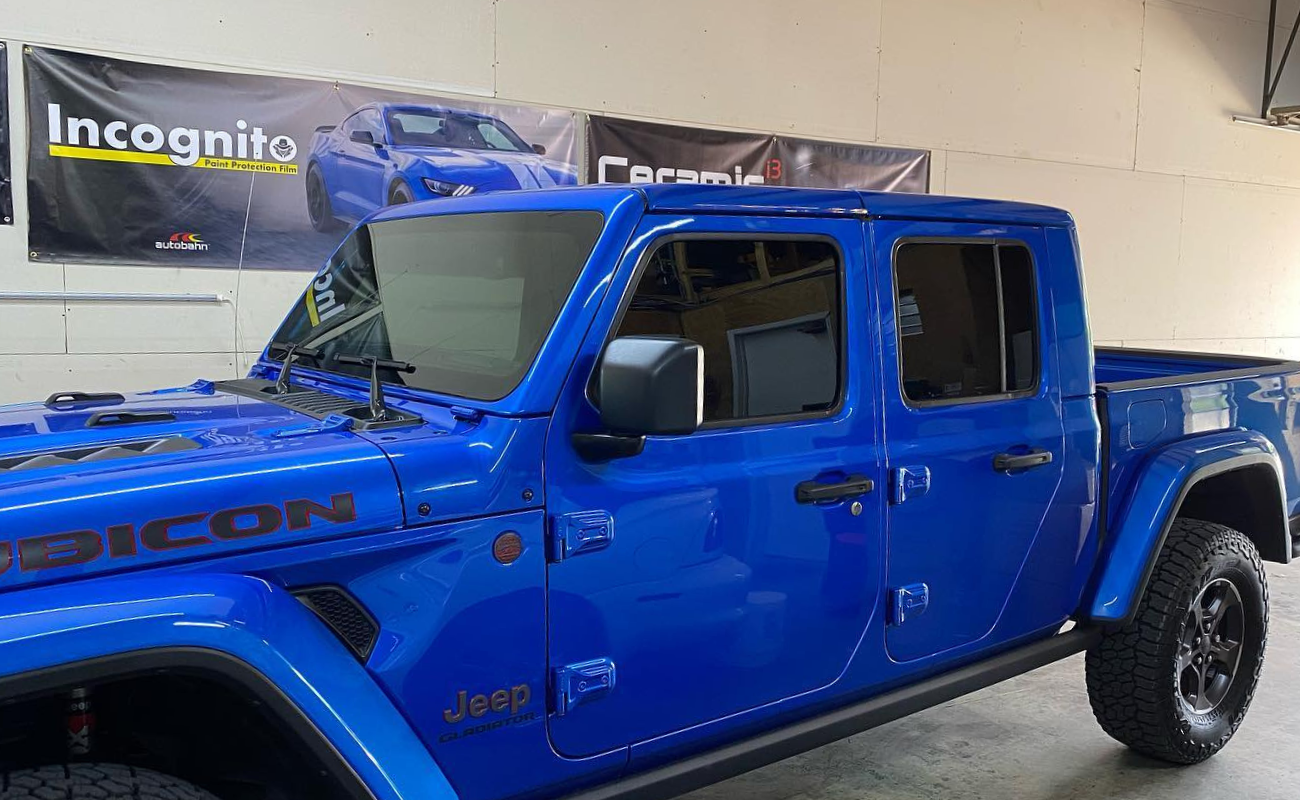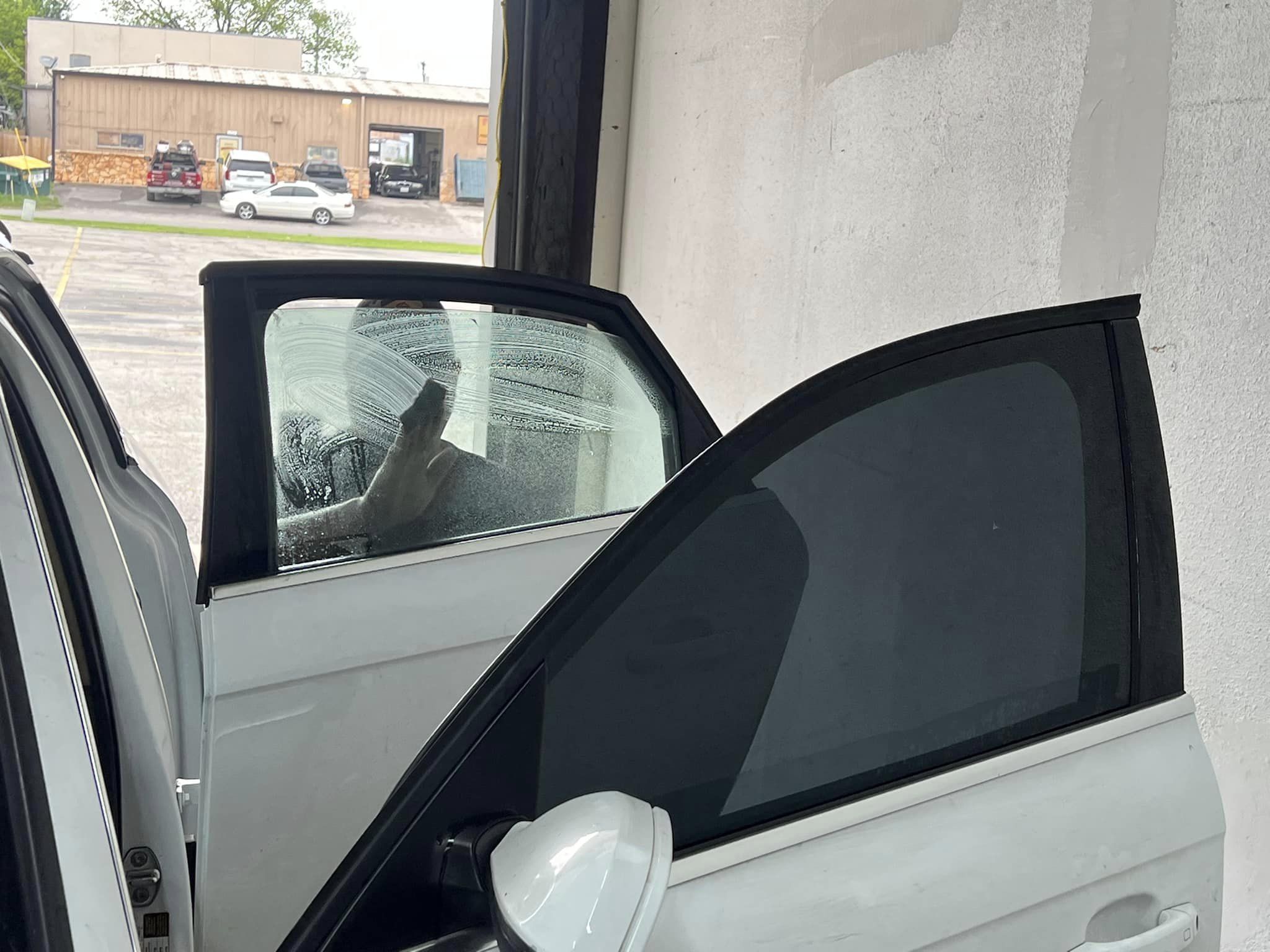Did you know ceramic coatings can protect your car’s paint? When it comes to enhancing and safeguarding your vehicle’s appearance, selecting the right ceramic coating is vital. Factors such as application methods, durability, and cost can greatly impact your decision-making process. By understanding what to look for in ceramic coatings, you can make an informed choice that will benefit your car in the long run.
Key Takeaways
- Choose ceramic coatings for enhanced durability and protection.
- Consider longevity and maintenance for cost-effective benefits.
- Follow application instructions thoroughly for optimal results.
- Check compatibility with your car’s paint finish for best results.
- Review customer feedback for real-world performance insights.
Benefits of Ceramic Coatings
Enhancing the durability and protective capabilities of your vehicle’s exterior, ceramic coatings offer an exceptional level of defense against various environmental elements. These coatings provide an impressive array of benefits that cater to car enthusiasts looking for superior protection and aesthetic appeal.
When it comes to application, ceramic coatings stand out for their ease of use. Unlike traditional waxes or sealants, which require frequent reapplication, ceramic coatings form a semi-permanent bond with the surface of your car. This results in long-lasting protection that can withstand the test of time.
In terms of protective properties, ceramic coatings excel at shielding your vehicle from swirl marks, and other minor damages. The hard, glass-like layer created by the coating acts as a barrier between your car’s paint and external hazards, ensuring that your vehicle maintains its pristine appearance.
Moreover, ceramic coatings are known for their gloss enhancement capabilities. By providing a deep, reflective shine, these coatings can enhance the overall look of your car, making it appear more luxurious and well-maintained.
Additionally, scratch resistance is a key feature of ceramic coatings. The strong protective layer helps prevent swirl marks from occurring during regular washing or maintenance, keeping your car looking flawless for longer periods.
Durability and Longevity
Ceramic coatings demonstrate exceptional durability and longevity thanks to their unique chemical composition and bonding properties. The durability advantages of ceramic coatings arise from their capacity to withstand harsh environmental conditions, such as UV rays, acid rain, and bird droppings, which can degrade traditional car waxes and sealants. By creating a protective layer on the car’s surface, ceramic coatings act as a barrier against contaminants, preventing them from etching into the paintwork and causing damage.
The longevity benefits of ceramic coatings are significant, with some products lasting up to several years with proper maintenance. To guarantee the longevity of your ceramic coating, it’s vital to follow specific maintenance tips.
Regularly washing your car with a pH-neutral shampoo and using a dedicated ceramic coating maintenance spray can help preserve the coating’s integrity. Additionally, avoiding abrasive cleaning tools and techniques will prevent premature wear of the ceramic coating.
Application Process
To properly apply car ceramic coatings, the first step involves thorough surface preparation to ensure maximum adhesion and effectiveness. A proper technique during the application process is essential for achieving the best results.
Begin by washing the car thoroughly to remove any dirt, grime, or residue that could impede the bonding of the ceramic coating. After washing, carefully dry the vehicle to make sure there’s no water left on the surface that could interfere with the coating application.
Once the surface is clean and dry, it’s time to apply the ceramic coating. Using a quality applicator, such as a microfiber cloth or sponge, apply the coating to one section of the car at a time, working in small, controlled movements. For the most favorable results, follow the manufacturer’s instructions regarding the specific application technique.
After applying the ceramic coating to the entire vehicle, allow it to cure for the recommended drying time. This period is vital for the coating to bond properly to the surface of the car. Avoid exposing the car to water or moisture during this time to prevent any interruptions in the curing process.
Once the drying time has elapsed, gently buff the surface with a clean, dry microfiber cloth to reveal the stunning protective finish.
Types of Ceramic Coatings
When contemplating ceramic coatings for your car, it’s vital to understand the different types available in the market. Popular options include silica dioxide, titanium dioxide, and graphene coatings, each providing distinct benefits and levels of protection.
Before delving into the application process, a thorough overview of these coatings will help you make an informed decision on the best choice for your vehicle.
Popular Coating Options
Exploring the array of popular coating options available in the market provides insight into the diverse range of protective solutions for your vehicle’s exterior.
When contemplating ceramic coatings, two primary factors to focus on are gloss retention and scratch resistance. High-quality coatings excel in maintaining the glossy finish of your vehicle while offering enhanced protection against swirl marks, keeping your car looking pristine for longer periods.
Hydrophobic properties are another crucial aspect to consider when selecting a ceramic coating. These features ensure that water beads up and rolls off the surface, making it easier to clean and maintain your vehicle.
Alongside this, self-cleaning properties aid in reducing the accumulation of dirt and grime on your car, allowing for easier maintenance and preserving the coating’s integrity over time.
Application Process Overview
Considering the diverse range of protective solutions for your vehicle’s exterior, understanding the types of ceramic coatings available is important for an effective application process overview.
Before applying a ceramic coating, thorough preparation steps are vital. Begin by washing and decontaminating the vehicle to guarantee a clean surface. Necessary tools include microfiber cloths, applicator pads, and potentially a polishing machine for paint correction.
When it comes to the application process, common mistakes to avoid include applying too much product, which can lead to streaking or high spots. Another error isn’t allowing the coating to cure for the recommended time, impacting its durability.
Troubleshooting tips involve carefully following the manufacturer’s instructions and seeking professional advice if unsure. Remember that each type of ceramic coating may have specific application requirements, so always refer to the product guidelines for the best results.
Cost Considerations
To determine the cost-effectiveness of ceramic coatings for your car, it’s essential to take into account both the initial investment and long-term savings they offer.
When considering cost comparison and budget considerations, it’s important to recognize that while ceramic coatings may have a higher upfront cost compared to traditional waxing or sealants, they’re a worthy investment due to their long-term benefits.
While the initial application of a ceramic coating may seem pricier, the long-term savings come from the durability and longevity of the product. Ceramic coatings can last years, providing superior protection against environmental factors such as UV rays, oxidation, and chemical stains. This longevity translates into savings as you won’t need to reapply the coating as frequently as traditional methods, reducing maintenance costs over time.
Moreover, the investment in a ceramic coating goes beyond just financial considerations. The added protection against swirl marks can help maintain the aesthetic appeal of your car, potentially increasing its resale value in the future.
Maintenance Requirements
When maintaining a ceramic coating on your car, regular upkeep and proper care are essential to ensure its longevity and effectiveness. Cleaning methods play a significant role in maintaining the coating. It’s recommended to hand wash your car using a pH-neutral car shampoo and a microfiber wash mitt to avoid damaging the coating. Avoid automatic car washes with abrasive brushes, as they can scratch the coating. Additionally, using a ceramic coating-specific spray detailer can help maintain the coating’s hydrophobic properties between washes.
The longevity of the ceramic coating depends on how well it’s maintained. By following proper cleaning methods and regular maintenance routines, you can extend the lifespan of the coating. Cost analysis should also be considered when discussing maintenance. While ceramic coatings may have a higher upfront cost compared to traditional waxes or sealants, their longevity and durability make them a cost-effective choice in the long run.
Application tips are essential to ensure the coating’s effectiveness. Properly preparing the surface before applying the ceramic coating, such as thorough washing, decontamination, and paint correction, will result in better adhesion and longevity of the coating. Following the manufacturer’s instructions regarding curing times and maintenance routines will also help maximize the benefits of the ceramic coating on your car.
Professional Vs. DIY Application
Professional application of the best ceramic coatings for cars is often preferred for optimal results and durability. When comparing professional vs. DIY applications, each option comes with its pros and cons to consider.
Professional Application:
Pros: Professionals have the expertise and experience to ensure a flawless application, maximizing the coating’s effectiveness. They use specialized tools and techniques for a smooth and even finish. Additionally, professionals may offer warranties on their work, providing added peace of mind.
Cons: The main drawback of a professional application is the cost, which can be notably higher than that of a DIY approach. Scheduling an appointment and waiting for availability is also inconvenient.
DIY Application:
Pros: DIY kits are more budget-friendly and readily available for purchase. Applying the coating yourself can be a rewarding experience, and you have the flexibility to schedule the application at your convenience.
Cons: DIY application requires a certain skill level to achieve professional-looking results. It also demands meticulous preparation and execution to avoid streaks or uneven coverage. Additionally, the time commitment for proper surface preparation and coating application shouldn’t be underestimated.
Ultimately, the choice between professional and DIY applications depends on your skill level, time availability, and budget.
Compatibility With Paint Finish
Make sure that the ceramic coating you choose is compatible with the type of paint finish on your car to prevent any adverse reactions.
Follow the application instructions meticulously to ensure peak performance and longevity of the coating.
Consider the durability of the ceramic coating concerning the specific requirements of your car’s paint finish for long-lasting protection.
Paint Type Compatibility
To determine the suitability of a ceramic coating for your car, assess its compatibility with the existing paint finish. Proper surface preparation is important before applying a ceramic coating, especially if your vehicle has a clear coat. The ceramic coating’s adhesion capabilities rely heavily on the condition of the paint underneath. Compatibility issues may arise if the paint is damaged, oxidized, or contaminated.
When selecting a ceramic coating, consider its compatibility with the glossiness of your car’s paint. Some coatings may enhance the glossiness of the paint, while others could alter it. It’s important to choose a coating that complements the desired finish of your vehicle.
Before applying a ceramic coating, make sure that the paint surface is clean, smooth, and free of any imperfections. Any inconsistencies in the paint can affect the coating’s adhesion and overall performance.
Application Instructions Clarity
Evaluating the clarity of application instructions in connection to the compatibility with your car’s paint finish can greatly influence the effectiveness of a ceramic coating. To guarantee the best results, it’s essential to follow proper technique guidelines provided by the manufacturer. Clear instructions play a critical role in achieving a successful ceramic coating application that’s compatible with your car’s specific paint finish.
Proper technique involves understanding the correct preparation steps for your vehicle’s surface before applying the ceramic coating. This includes thorough cleaning, decontamination, and possibly paint correction procedures.
Clear instructions will outline the necessary tools, application methods, and curing times required for the specific ceramic coating product.
Longevity and Durability
Achieving peak longevity and durability of a ceramic coating on your car’s paint finish requires meticulous attention to compatibility factors. When considering the longevity and durability of a ceramic coating, it’s important to assess how well the coating bonds with the paint substrate to ensure maximum protection over time.
To determine the best ceramic coating for your vehicle, thorough product comparisons are essential. Look for coatings that offer superior chemical resistance, UV protection, and scratch resistance for long-lasting durability. Additionally, the ease of application and the level of gloss and slickness they provide should be considered to make an informed decision.
Maintenance Tips:
- Regularly wash your car with a pH-neutral shampoo to maintain the coating’s integrity.
- Avoid using abrasive cleaning tools that can scratch the coating and compromise its durability.
- Apply a ceramic coating-specific booster or topper periodically to rejuvenate its hydrophobic properties.
Customer Reviews and Recommendations
Take customer reviews and recommendations as valuable insights when assessing the effectiveness of ceramic coatings for cars. Before making a purchase decision, it’s essential to examine how different products compare in terms of longevity, durability, and ease of application.
Customer feedback often sheds light on the actual performance of these coatings in real-world scenarios, providing you with a more accurate picture of what to anticipate.
When reading reviews, pay attention to comments regarding warranty coverage. A reliable warranty can give you peace of mind, knowing that the manufacturer stands behind their product.
Additionally, look for feedback on surface preparation requirements. Some coatings may necessitate extensive preparation, while others offer more straightforward application processes. Understanding this aspect can help you choose a coating that fits your skill level and available time.
Drying time is another critical factor to take into account when evaluating ceramic coatings. Reviews often mention how quickly a particular product dries and cures, which can impact the overall application process.
As you navigate the vast world of ceramic coatings for cars, remember to prioritize durability, longevity, and protective capabilities.
Like a skilled artist selecting the finest brush for a masterpiece, choose a ceramic coating that will enhance and protect your vehicle’s finish for years.
Don’t settle for mediocrity when greatness awaits your car’s transformation. Choose wisely, and let your vehicle shine like a diamond in the rough.




